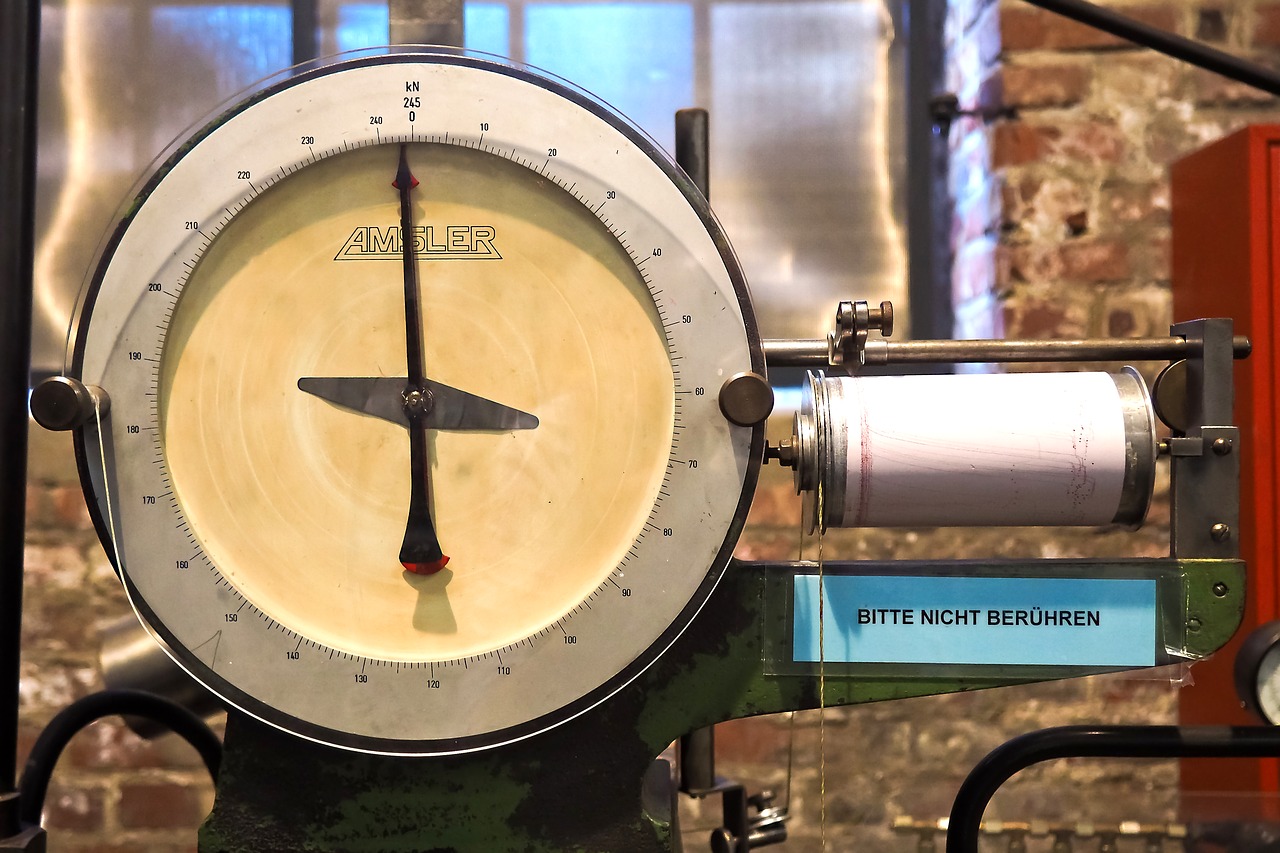The table of content
Overview
In modern banking, success in marketing isn’t about sending the most messages — it’s about leveraging technology to accurately predict customer responses before a single dollar is spent. This case study shows how a bank used predictive analytics — data analysis powered by machine learning — to transform a simple SMS campaign into a high-tech, precision-targeted, and remarkably cost-efficient customer engagement tool.
Instead of blasting messages to the entire customer base, IT specialists and marketing team worked together to build an intelligent targeting system. They gathered and analyzed historical transaction data, identified behavioral patterns, and developed a predictive model capable of scoring each customer based on their likelihood to respond positively. This model acted as a “smart filter,” ensuring messages were sent only to those with the highest probability of changing their payment behavior.
The results exceeded expectations: in the testing phase, the budget was cut by more than half without losing effectiveness. After full rollout, campaign costs dropped to just 7% of the original spend — a 93% reduction — with no decrease in impact. In other words, an IT-driven solution not only delivered the same marketing results at a fraction of the cost but also freed up resources for other high-value strategic projects.
Challenge
The challenge in this case lay at the heart of a common problem in traditional marketing: campaigns often aim for reach rather than relevance. By casting a wide net, messages are sent to large segments of the customer base without any real insight into whether those customers are interested, ready to act, or even likely to read the message at all. While this mass-targeting strategy can create the illusion of activity, it’s an inefficient use of resources. Costs pile up quickly, and much of the budget is wasted on people who either ignore the message or are unlikely to change their behavior.
For the bank, this was more than just an operational inconvenience — it was a structural issue in their marketing process. Their standard approach required deploying the full campaign budget, referred to internally as “N,” every time they wanted to drive an increase in cashless transactions. This meant that no matter how many customers actually responded, the cost of each campaign remained high. The strategy was essentially built on volume and hope, not precision and evidence.
The inefficiency became even more apparent when analyzing conversion rates. A large portion of the budget was being spent on customers who were either already frequent cashless users (and didn’t need prompting) or those who had no interest in changing their payment habits. This not only diluted the impact of the campaign but also prevented the bank from reallocating funds to other strategic initiatives.
The challenge was clear and pressing: they needed to break away from the traditional “blanket coverage” approach and replace it with a smarter, more targeted strategy. The goal was ambitious — cut marketing costs significantly while still achieving the same measurable shift in behavior toward increased use of cashless payments. In essence, the bank had to figure out how to achieve equal or better results with a fraction of the spend, proving that efficiency and impact could go hand in hand.
Solution
To address the problem, the bank turned to predictive analytics — the practice of using data to forecast customer behavior before taking action. Rather than relying on assumptions or blanket targeting, the marketing team tapped into their rich pool of customer data, analyzing both past campaign responses and detailed transaction histories. This deep dive allowed them to uncover patterns and signals that indicated a customer’s likelihood of increasing cashless payments after receiving a marketing message.
Armed with these insights, the team developed a predictive model that assigned each customer a “response probability score.” This score reflected how likely they were to react positively to the campaign. Instead of sending messages to the entire customer base, the bank focused exclusively on those with the highest scores — the customers most likely to engage and change their behavior.
The shift in approach delivered immediate, measurable results. During the proof-of-concept stage, the bank slashed its marketing budget to just 46% of the original amount, yet achieved exactly the same results as before. Encouraged by this success, they rolled out the model across their full marketing process. The outcome was even more striking: campaign costs fell to only 7% of the original budget, while performance remained unchanged.
By concentrating efforts on the most relevant and responsive customers, the bank eliminated wasted spend, boosted efficiency, and transformed marketing into a precision-driven, cost-effective operation. What had once been a broad, expensive, and scattershot effort evolved into a lean, targeted strategy capable of delivering maximum impact with minimal cost — setting a new benchmark for how data can power smarter marketing.
Business Impact
The business impact of adopting predictive analytics was profound, fundamentally reshaping how the bank approached marketing and resource allocation. By replacing a “cast-the-net-wide” strategy with data-driven precision targeting, the bank not only met its campaign objectives but did so with extraordinary efficiency — reducing marketing costs by an unprecedented 93% without sacrificing results.
From the pilot phase to full-scale rollout, the strategy delivered consistent, measurable outcomes, proving that the predictive model was not a one-off success but a sustainable tool for long-term performance. This wasn’t simply about saving money; it was about transforming marketing into a value-generating function capable of supporting broader strategic goals.
Key outcomes included:
- 93% reduction in marketing spend while maintaining the same increase in cashless transactions.
- Consistent performance from proof-of-concept through full implementation, confirming the model’s reliability.
- Elimination of wasted spend on unresponsive customers, ensuring every message delivered tangible value.
- Reallocation of freed-up budget to other high-return strategic projects, amplifying overall business impact.
- Improved operational efficiency, transforming marketing from a cost-heavy effort into a lean, high-impact operation.
- A scalable, repeatable targeting model that can be applied to future campaigns across different products or customer behaviors.
Beyond the numbers, this shift represented a cultural change within the bank. Marketing teams began to see data not as a supplementary tool but as the foundation for decision-making. Campaigns moved from relying on intuition and reach to being grounded in evidence and precision. This approach didn’t just preserve campaign effectiveness — in some segments, it actually improved response rates by focusing on customers most open to change.
The success of this initiative demonstrated a powerful truth: in modern marketing, precision can outperform scale. When used strategically, data transforms campaigns from costly mass communications into surgical, results-driven initiatives — unlocking greater value for the organization and setting a new standard for efficiency in the banking sector.
Conclusion
This case clearly illustrates the transformative power of predictive analytics in modern marketing. By moving away from broad, unfocused targeting and embracing data-driven decision-making, the bank was able to achieve a rare balance — dramatically reducing costs while preserving, and in some cases even enhancing, campaign effectiveness.
What makes this achievement stand out is the scale of the savings. The marketing budget was reduced to a fraction of its original size — almost negligible compared to past campaigns — yet the results remained just as strong. This wasn’t a compromise between efficiency and performance; it was a complete alignment of the two.
The success of this initiative underscores a vital lesson for organizations across industries: precision can beat scale. In an era where budgets are under constant scrutiny and competition for customer attention is fierce, targeting the right audience with the right message isn’t just a best practice — it’s a competitive advantage.
By proving that smarter, data-led strategies can outperform traditional mass-marketing efforts, this case sets a precedent for how companies can maximize value from every dollar spent. It also demonstrates that predictive analytics is not merely a tool for optimization but a catalyst for rethinking how marketing is designed, executed, and measured.
In the right hands, data doesn’t just inform marketing — it transforms it into a lean, high-impact engine capable of delivering better outcomes at a fraction of the cost.







































.png)
.png)
